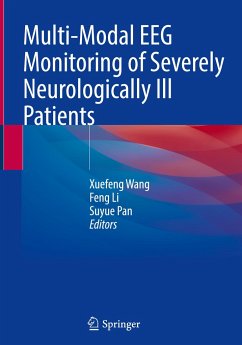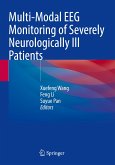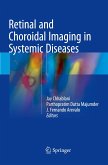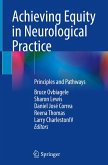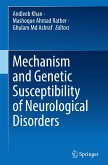This book provides practical information on applications of multi-modal EEG monitoring in patients with severely neurologically diseases. The First part systematically introduces the modern EEG techniques, and multi-modal EEG monitoring system for severe neurological illness. In the second part, identification of EEG artifacts and interpretation of common abnormal EEG patterns is presented. Accompanying more than 50 typical cases and 200 EEG records, the following chapters discusses EEG's changes and clinical significance in coma, ischemic-hypoxic encephalopathy, status epilepsy, Creutzfeldt-Jakob disease, traumatic brain injury, and other diseases in details. In addition, application of multi-modal EEG in monitoring intracranial pressure and predicting suicide risk is also included. It will be a valuable reference for professionals in neurology, neurosurgery, emergency care, psychiatry, technology specialists of EEG and senior nurses with basic EEG monitoring knowledge.
Hinweis: Dieser Artikel kann nur an eine deutsche Lieferadresse ausgeliefert werden.
Hinweis: Dieser Artikel kann nur an eine deutsche Lieferadresse ausgeliefert werden.

